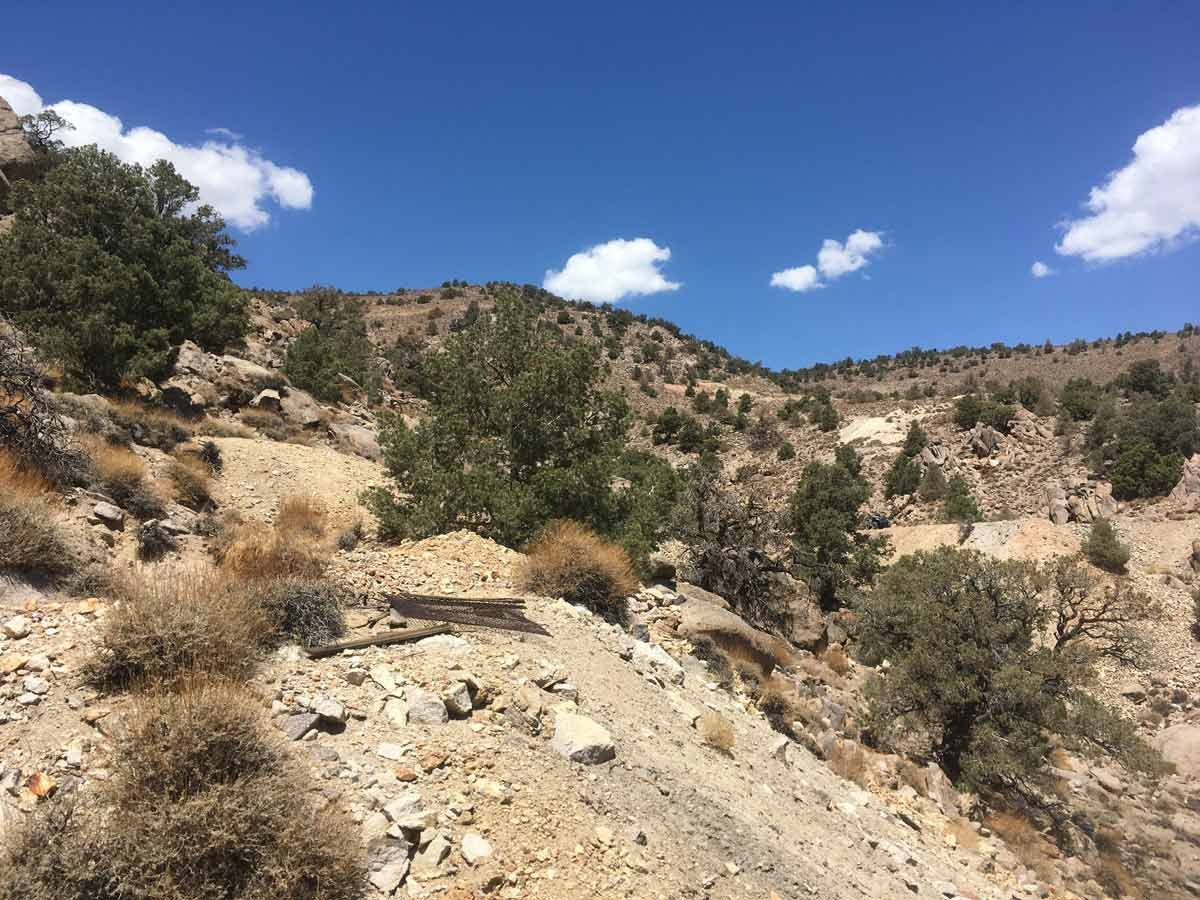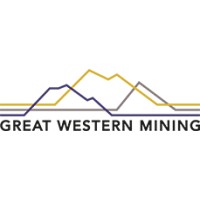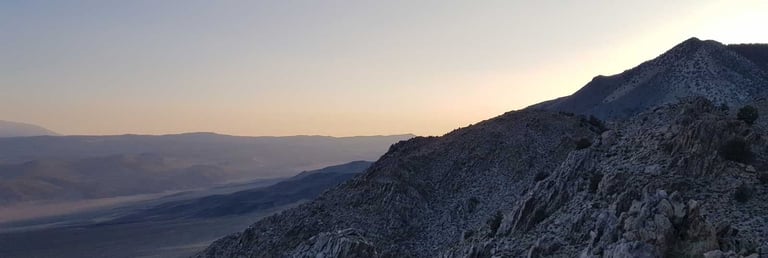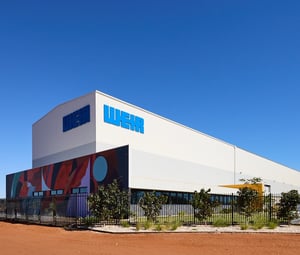Great Western Mining Corporation plc (LON:GWMO) a strategic minerals exploration and development company, has announced the results of a soil sampling campaign for tungsten and other metals on claims bordering its Huntoon Copper Project in Nevada USA.
HIGHLIGHTS
· 98 soil samples were collected across 198 acres (0.8 km²) in the vicinity of GWM’s already established M2 copper skarn resource and the historically mined Pine Crow and Defender tungsten skarns.
· Elevated tungsten, copper and zinc were traced for at least 1.4 km along strike following a granite-limestone contact, indicating extensions to the outcropping skarn-style mineralisation at Pine Crow and Defender.
· When integrated with previous soil samples from the M2 skarn area, the soil geochemical anomaly extends over 2.8 km of strike length, from south of the M2 resource to Pine Crow, with consistently elevated tungsten, copper and zinc in soil values.
Great Western Chairman Brian Hall commented: “Together with our ongoing drill programme in the area, we are rapidly increasing our understanding of the extensive mineralisation across the Huntoon Copper Project and adjoining claims. These results are particularly encouraging, revealing a clear geochemical link between the outcropping tungsten-rich Defender and Pine Crow workings and our established copper resource at M2. The consistency and scale of these anomalies suggest the presence of a significantly larger mineralised system than previously recognised. We will now initiate targeted geological fieldwork and follow-up sampling to delineate the extent of tungsten, copper and zinc mineralisation, with the aim of advancing these zones towards a new drilling campaign.
BACKGROUND
The Defender and Pine Crow skarns, which are thought to have produced tungsten during World War II, lie approximately 2 km northeast of and on trend with the Company’s M2 skarn copper resource. These outcropping skarns occur at the contact zones of Cretaceous granitic intrusions with limestones of the Jurassic Dunlap Formation. Earlier field mapping and rock chip sampling confirmed scheelite-bearing skarns at both Defender and Pine Crow, with rock chip samples recording up to 1.75% tungsten trioxide (WO3) (see RNS dated 16 June 2025).
The purpose of the summer 2025 soil sampling campaign was to test for extensions of mineralisation in the vicinity of the previously mined Pine Crow/Defender tungsten skarn workings and the Company’s nearby copper resource at the M2 skarn.
98 soil samples were collected across 198 acres (0.8 km2) between Defender/Pine Crow and the Company’s previous soil sample grid at M2. Elevated tungsten (W), copper (Cu) and zinc (Zn) in soil results were traced for approximately 1.4 km along the granite-limestone contact zone. Five samples from the contact zone were greater than 75 ppm Cu, with one sample containing 385 ppm Cu. Zn in soil is elevated up to 81 ppm Zn in the contact zone compared to <40 ppm away from the contact. W in soil is elevated up to 6 ppm in the contact zone, compared to background values of <1 ppm W in soil away from the contact zone. Due to its refractory nature, W concentration is also likely to have been under-represented by the aqua regia digest method used in the lab analysis. When correlating trends with the Company’s historically reported soil sample grid in the M2 area, elevated W, Cu and Zn in soils can be traced for over 2.8 km in strike length, from south of the M2 resource to Pine Crow.
The spatial extent of these results highlights the potential scale of the mineralising system and indicates correlation between the M2 copper skarn resource and the tungsten rich skarns in the Pine Crow/Defender area. In the short term, the Company will follow up with infill soil sampling analysis together with detailed geological mapping for a better evaluation of further skarn-mineralisation in the area and to delineate areas for geophysical surveys and channel sampling. The results of this work will guide the generation of drill targets.
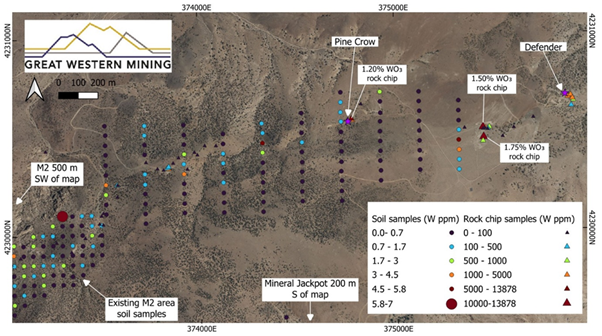 |
Figure 1: Map of the Pine Crow/Defender area showing W (ppm) in soil samples, from this sampling campaign and previous sampling campaigns from the M2 area, and previously reported W (ppm) in rock chip samples.
ADDITIONAL INFORMATION
All soil samples were processed by ALS laboratories, Reno, Nevada. Samples were screened to -80 mesh and analysed by method AuME-TL43, aqua regia digest with ICP-MS finish. Quality control samples were inserted by Great Western Company and results reviewed prior to release.


